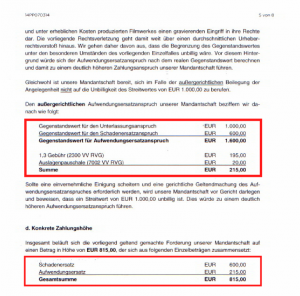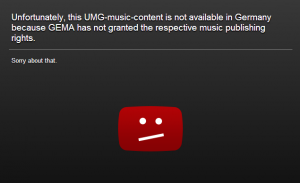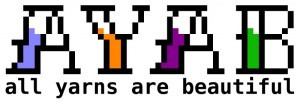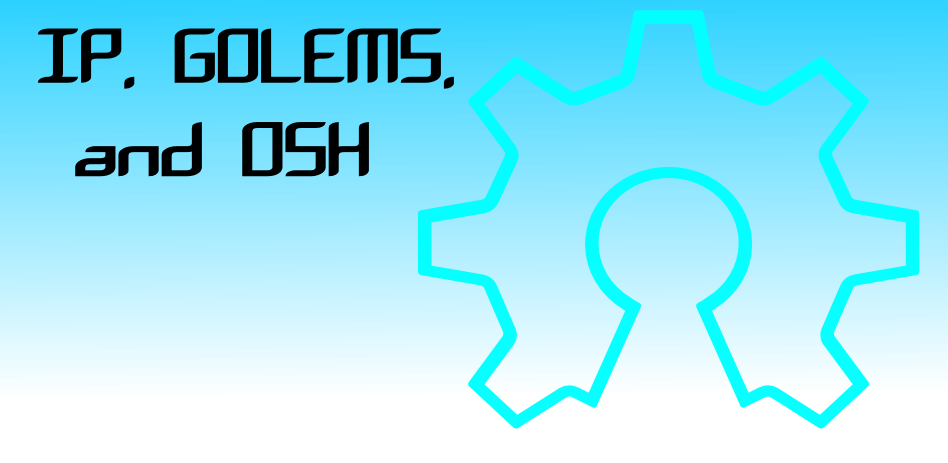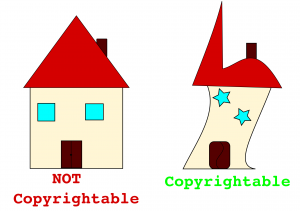CURRENT SITUATION
According to many sources, the Internet of Things (IoT) and Big Data analytics are among the fastest growing IT markets, infact, if the web 2.0 generated Big Data, the advent of ubiquitous computing, Internet of things and connected devices, will generate Huge Data.
One important difference between the Big Data generated by the web 2.0 and the data generated by connected devices is that the first set of data is somehow always captured as a consequence of the subject action. Infact it is the user itself that uploads his pictures on the net, writes his posts, likes or dislikes, buys, comments, etc. With the IoT, is the Thing that generates data, gathered more or less autonomously,according to the software that it is running. This gives the user even less control over the informations s/he wants to share and the ones he would like to keep private.
THE PROBLEM
On the other hand many hardware companies look at the IoT as a very profitable business opportunity, since they are able to profit not only from the thing they sell but also during the product lifecircle from the data that the Thing generates. Infact a robot/smart hoover has access to the biochemical components (crumbs) that sit on the floor, an air purifier can easily analyses air molecule floating in an apartment, a smart fridge can monitor users nutrition habits and health, like so there are many examples. There is a generalized lack of interest and awareness about the value that personal data has, many users are not even aware of the potential intrusion in their private life that using smart devices might involve. Infact if company X set up a a domotic system in a user house and the user can remote control lights, garage door and shutters from his mobile, he might think that it’s just as using an old school infrared remote control. This is profoundly wrong, since contrary to an infrared remote control a smartphone is connected to the net, the message has to be clear: when smart things are connected and run proprietary software there is no way we can have a clue on where the log files and data are going, and since the data are valuable it is highly possible that they are stored and shared by the device manufacturer.
POLICY SOLUTION
Regulators can do something with privacy and data protection legislation, even if it is not very likely to be effective also because of the strong lobby influence that large IT companies have at US as well as EU level. A soft law/behavioral answer might come from civil society, NGO and grass-root movements, that can promote sensitisation, education and digital awareness. Spreading the message that large amounts of data in the hand of few means less freedom for the majority. Disseminating computer literacy among the youngest, can be very effective. Imagine kids able to scrub twitter looking for trends, or to follow his friends’ digital shadow across the net. A kid that knows some basic data science and programming will be much more free to decide what to do with his/her data and maybe think twice before posting some sensitive information.
TECHNICAL SOLUTION
An important message that finally have to hit the masses is that if there is no access to the source code, there is no freedom to study how a device works, this means no control over the device.
Even if such device was regularly purchased and the user enjoys the full property on it. IoT, and connected devices MUST run Free and Open Software (FOSS). Ideally users build smart devices themselves or modify old devices in order to make them smart. This kind of grass root innovation fosters control over connected devices and the data they produce. Promote computer literacy among citizens. Stimulate local economy on the hardware side, since hardware is manufactured, installed and configured locally. But it also stimulates collaborative online economy on the software side, since FOSS is shared and improved online by an international community, busy to create value and knowledge freely accessible by anyone with an internet connection.
SUMMING UP
Summing up, my imaginary utopic IoT runs on self or locally assembled devices, is operated by FOSS, and if someone wants to share her/his data s/he will do it consciously choosing what s/he want to share and with whom.


